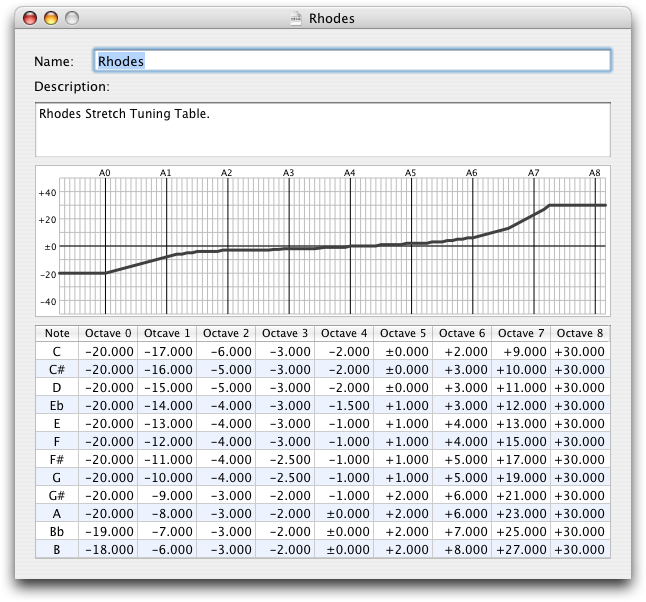donn wrote: ↑Thu Mar 07, 2024 11:30 am
bloke wrote: ↑Tue Mar 05, 2024 8:33 pm
if an instrument is sharp close to the mouthpiece, gets flatter around the middle of the instrument, hits roughly in tune around the middle of the instrument, and then dips way into the flat range the lower the instrument dips into the bell notes, where the hell is the mouthpiece supposed to go?
Well, as you surmise, it isn't going on that saxophone. Unlike valved instruments, there's really only one tuning for a saxophone where all the notes come together. Yorkboy's "low pitch" story combined with a neck shortening operation would hypothetically account for the problem. Or it could be the mouthpiece.
He and I have chatted privately, and (as so much early jazz music - TODAY - includes a piano, and ALL pianos - INCLUDING electronic ones - are intentionally tuned flat below A=440, and CONSIDERABLY flat in middle range of the bass sax) something like an A=438 set-up (etc.) might WELL be a blessing.
...When accompanying piano concerti with symphony orchestras, I ALWAYS pull my tuning slide OUT. The piano's pitches are THE pitches (even though stretched), and I don't wish for my whatever-low-pitch-in-particular to "gurgle" against the piano's same-pitch. By the same token, it's the violinists' duty (as they will...

) to play sharper.
USA depression/pre-depression-era "low pitch" instruments really aren't that much lower in pitch than A=440-designed instruments.
(Most old "low pitch" brass are easily capable of being pushed in to A=440 tuning, as (well...) A=440 was already quite becoming a "thing".
cutting the neck off of an A=438 bass saxophone:
yeah...the left hand might benefit (UNLESS the left hand - particularly upper octave - is sharp-natured), but there would be very little effect on the right hand and bell pitches.
piano "stretch" tuning (to avoid having perfect 5ths "rattle")...
Check out A¹ - A³ tuning:
(I feel fairly certain that you already knew this...)
Apparently (??) this is the tuning of a Fender "Rhodes" keyboard, but (based on all other charts I've seen for tuning pianos), this is just about what's done with all - electronic, semi-electronic (such as Rhodes), and acoustic - pianos.



